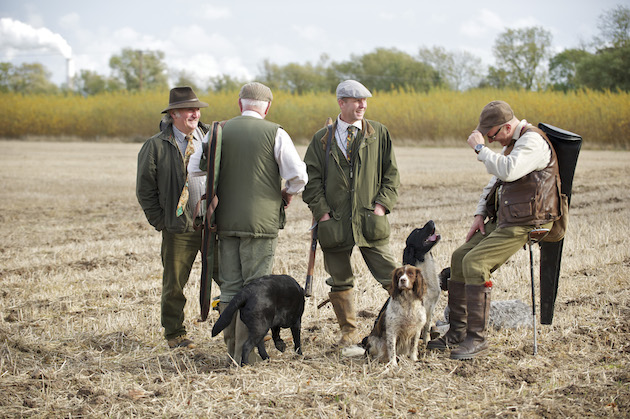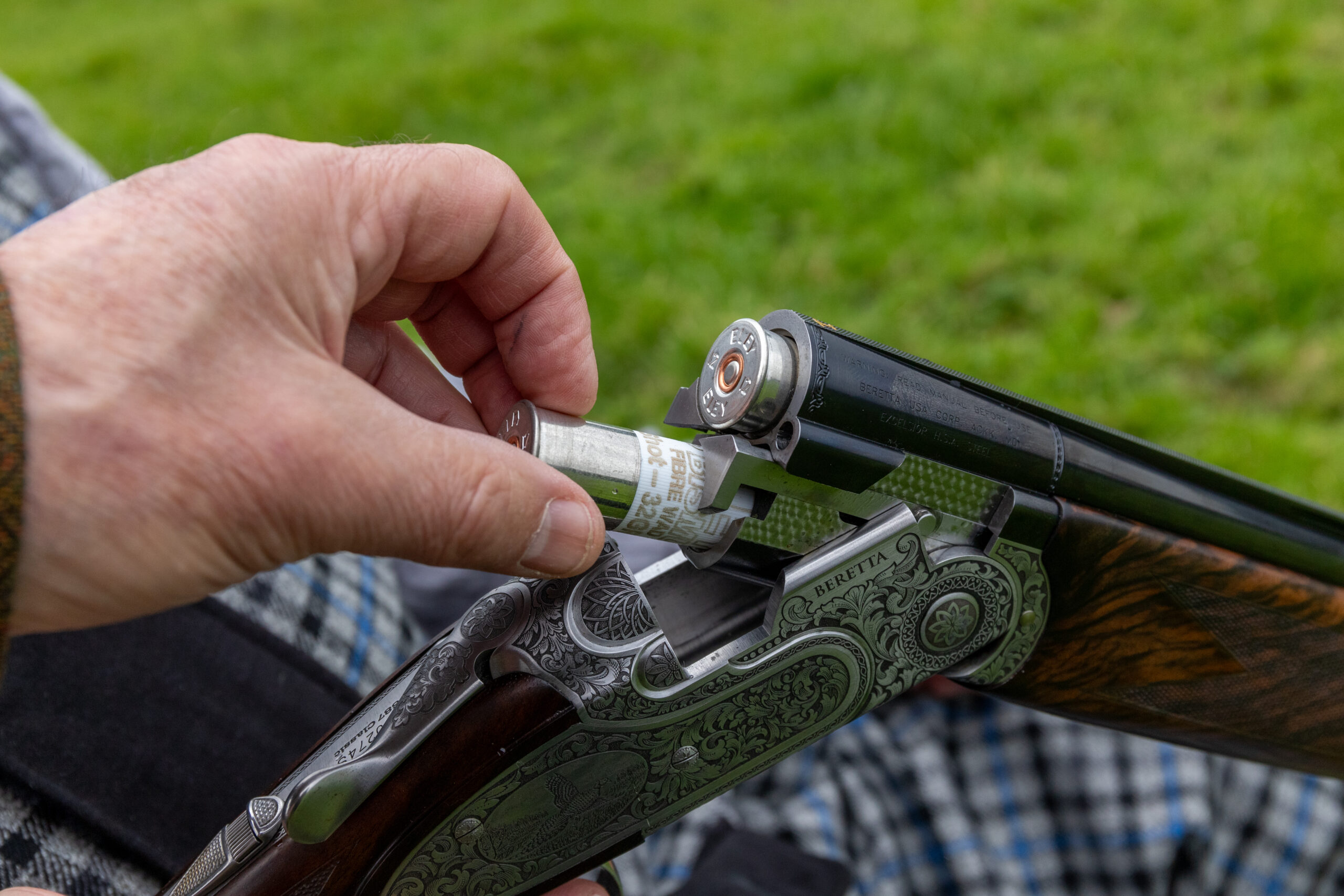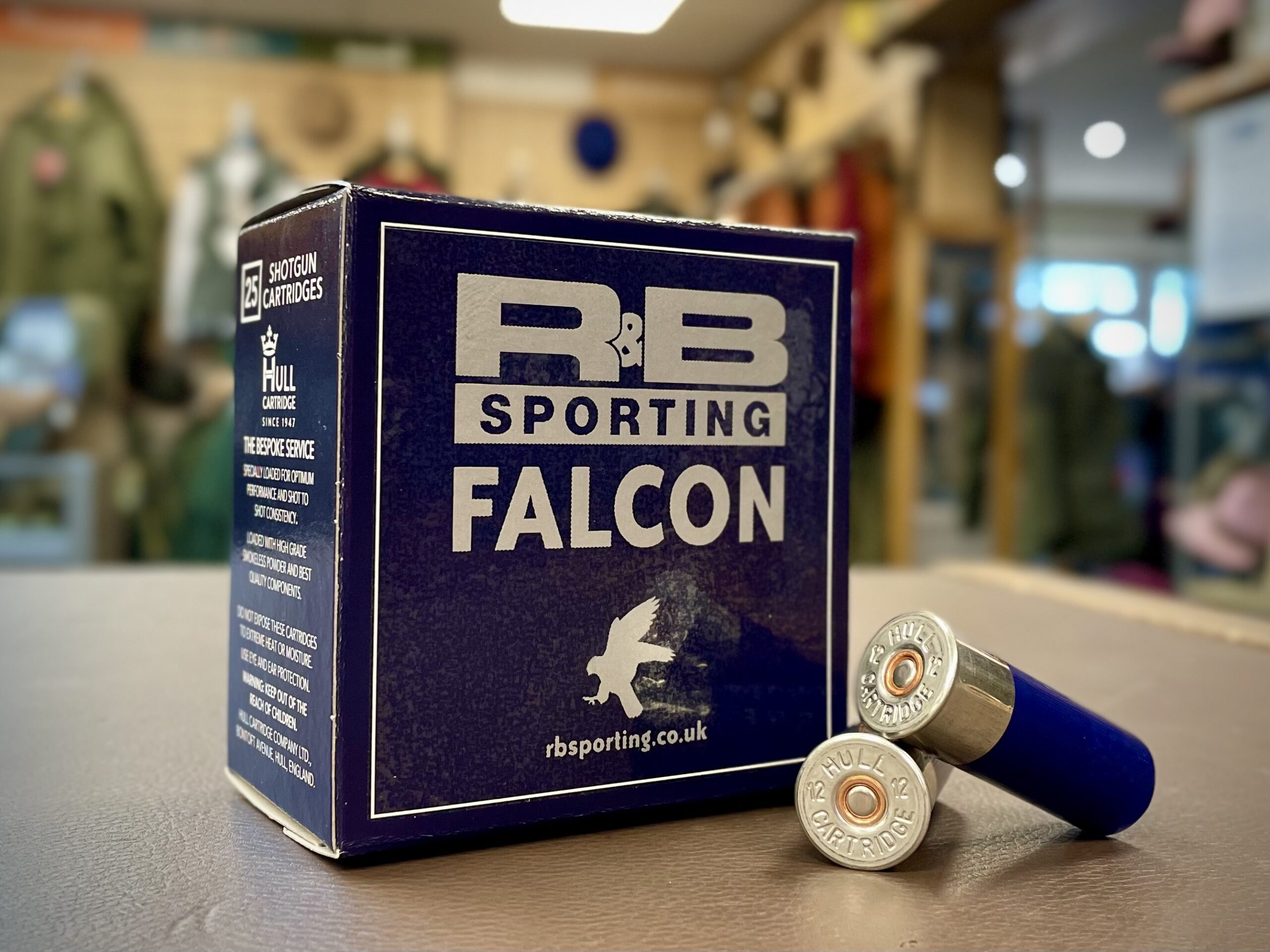Why biodegradable shot cups are the way ahead for shooting
The options are growing for people wanting to shoot without lead and single-use plastic, so it is time to stop trying to defend the indefensible

It is becoming socially unacceptable to use plastic wads for live quarry shooting
As we move inexorably towards a brave new world of shooting without lead or single-use plastic, I wonder how we will look back.
I shall keep my powder dry on the lead issue. I have written before about my own positive experience of using steel for game shooting in my English gun. I see no reason why I should go back to using lead for most of my own shotgun shooting. But using steel means, in most cases, having to use shot cup wads to protect barrel walls. And, until recently, most of those shot cups were made of single-use conventional plastic.
Biodegradable shot cups
What has changed is the advent of biodegradable shot cups, which can make steel loads usable in most ordinary nitro-proofed shotguns. This has been described as a game changer. It was only when these environmentally friendly shot cups became available that I started using steel shot.
Gamebore and Eley are producing biodegradable shot cups in steel loads, though I gather other sources may be available soon. But there is still confusion about what we mean by single-use plastic and biodegradable. I watched an online video recently of a commentator who gets it badly wrong. He informed us that the new, so-called biodegradable shot cups break down into microplastics, which are the worst form of plastic pollution.
I can only assume he was confusing biodegradable with photodegradable. I fell into this trap a couple of years ago, when I bought some bismuth cartridges containing photodegradable wads. I felt like an idiot when I realised my error.
By single-use, I don’t mean plastic cartridge cases; these can be picked up and recycled, though I favour paper cases. No, I am talking about conventional plastic wads, which are blasted out of the barrel to end up goodness knows where.

Cross section of the Eley VIP Steel Pro eco cartridge showing the biodegradable wad
Properly biodegradable wads, such as Gamebore’s Bio Wad or Eley’s Pro Eco Wad, are made of plant-based natural compounds such as cellulose or starch, which break down into organic chemicals. These are readily digested by microbes and reincorporated harmlessly into the natural environment.
Conventional plastic wads, on the other hand, are made of synthetic polymers — usually based on petrochemicals — that may take hundreds of years to break down. While doing so, these synthetic polymers and their additives can pollute the environment, most notably through the release of toxic chemicals such as bisphenol A. Photodegradable versions of these synthetic plastic wads simply break down into smaller pieces under sunlight, which may make them less visible to the human eye but actually exacerbates their potency as pollutants.
It is becoming socially unacceptable to use plastic wads for live quarry shooting. On clay grounds, discarded wads can be collected. But scattering bite-sized bits of single-use plastic over land grazed by livestock, or growing crops, or sensitive wetland habitats, is beyond the pale. For some years, most well-organised game shoots have insisted on fibre wads only. These are, of course, biodegradable.
UK cartridge makers say end to lead and plastics in ammunition ‘impossible’ within five years
Monday’s call from fieldsports and shooting bodies for a move away from lead ammunition within five years has drawn criticism…
Moving from lead shot to steel – what you need to know
Moving from lead shot to steel – the practicalities involved
If steel shot is to become more widespread, then we will need to use it with truly biodegradable shot cups. In a sense, this simply furthers current best practice. Frankly, the cause of shooting has enough to focus on without trying t o defend the indefensible in the form of synthetic plastic wads.










